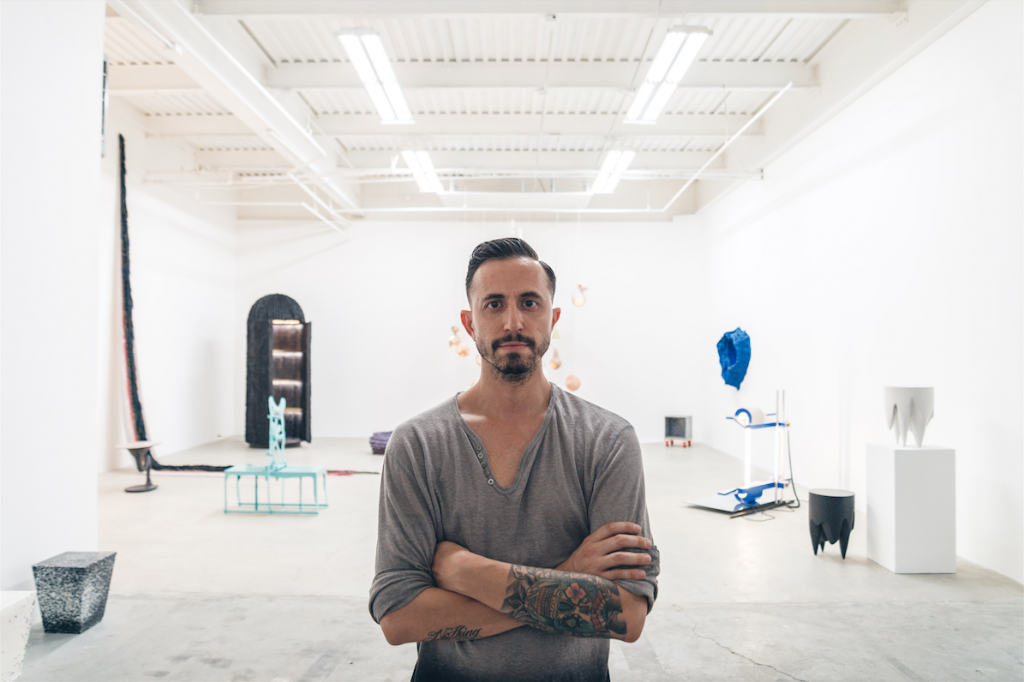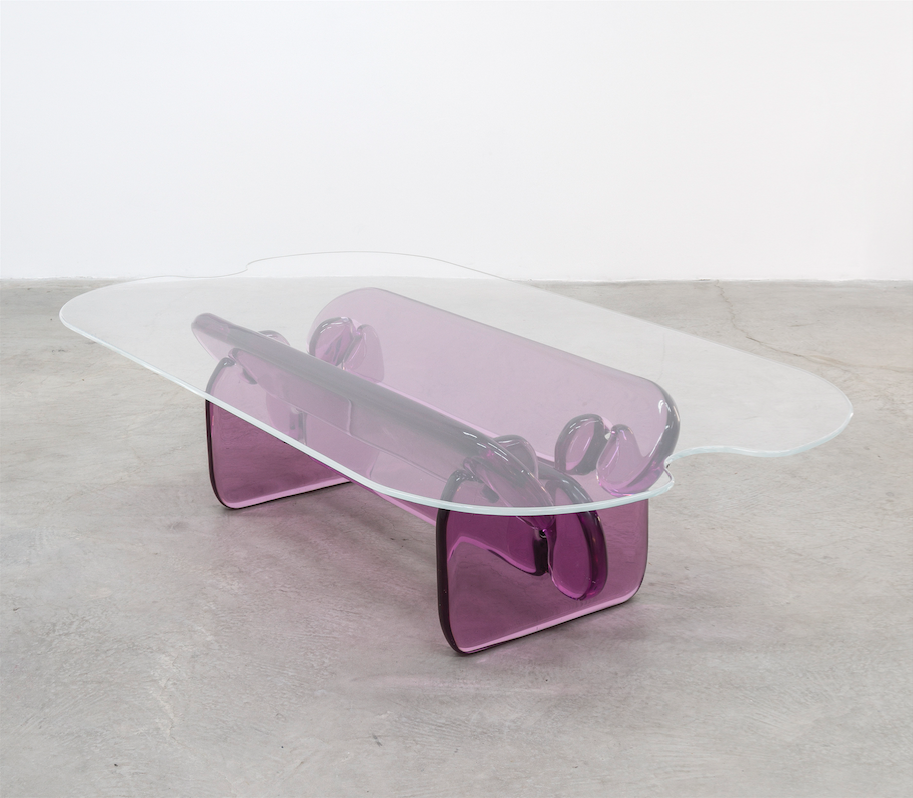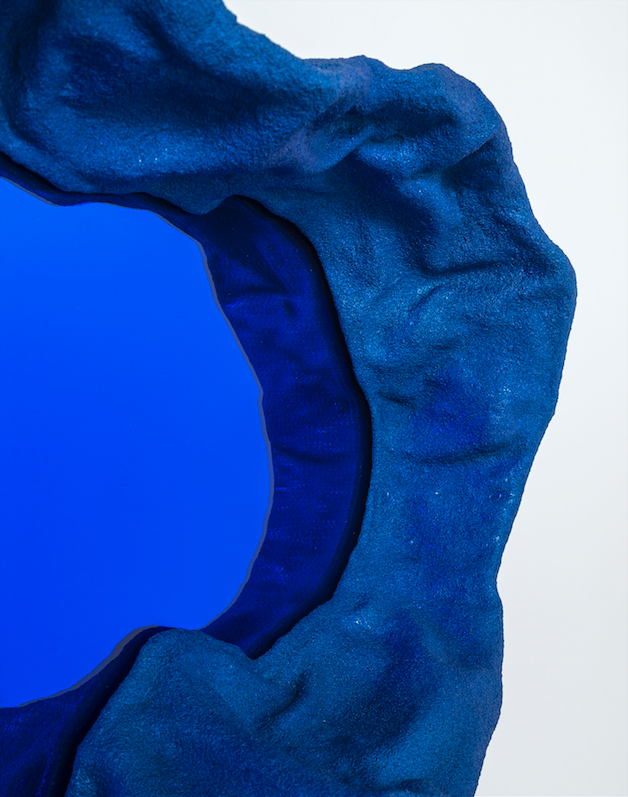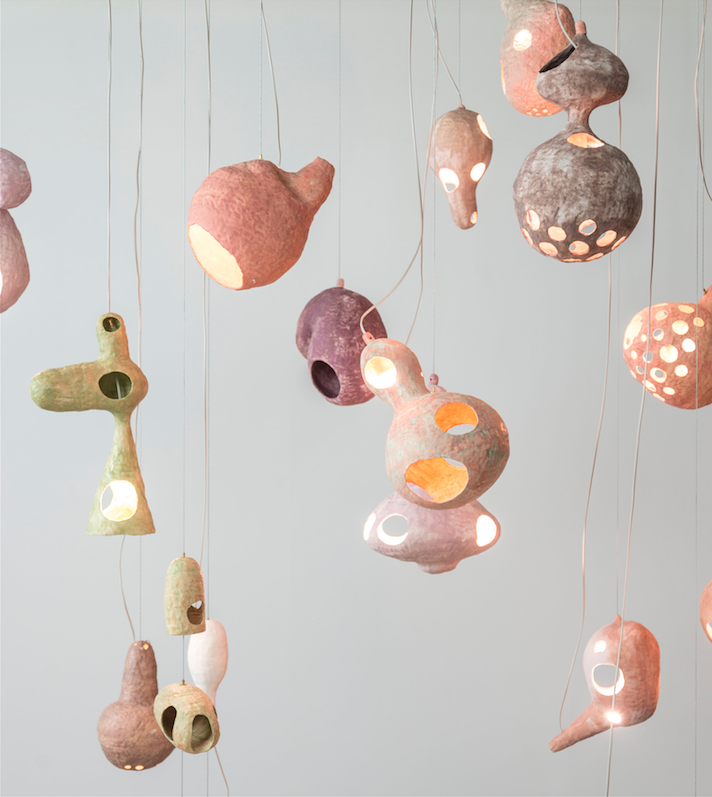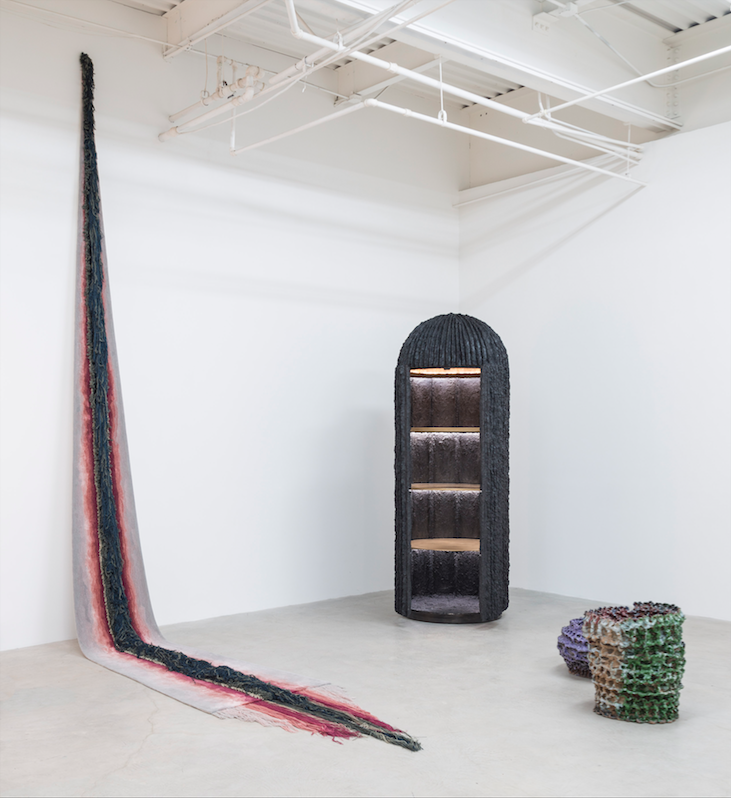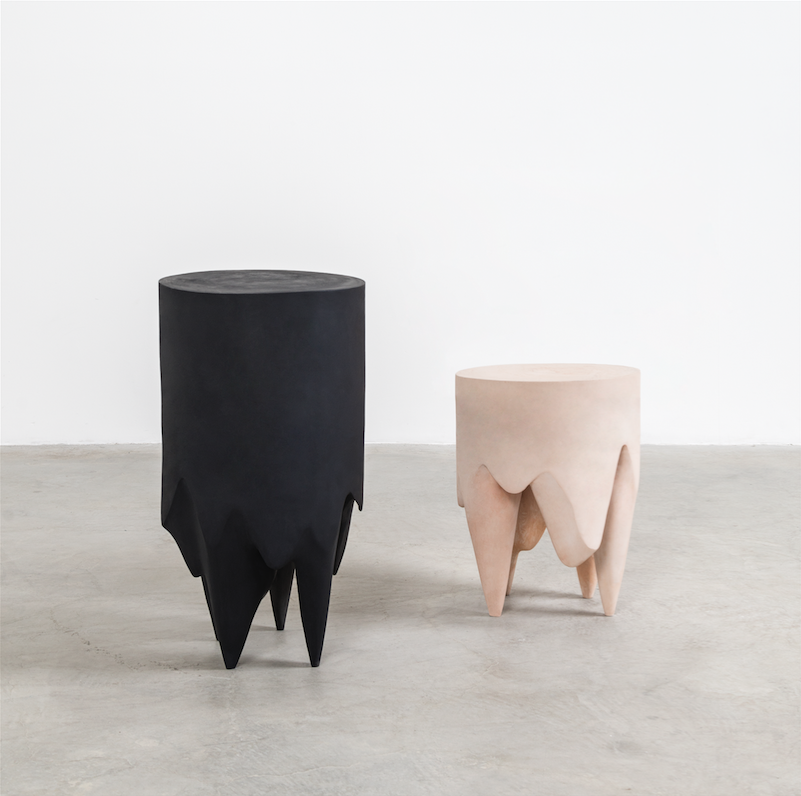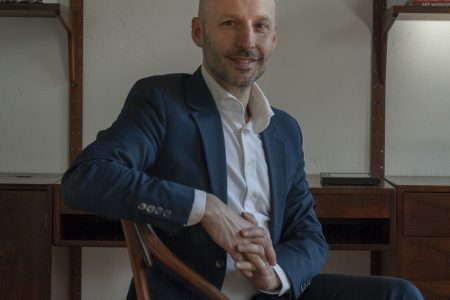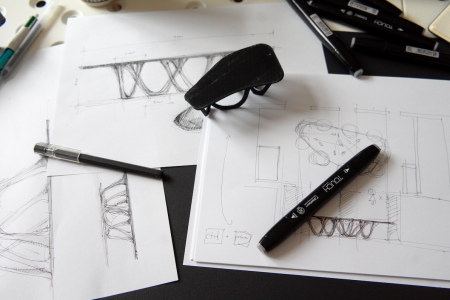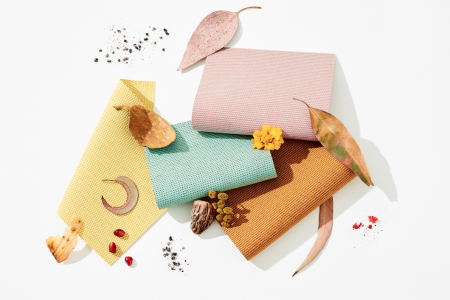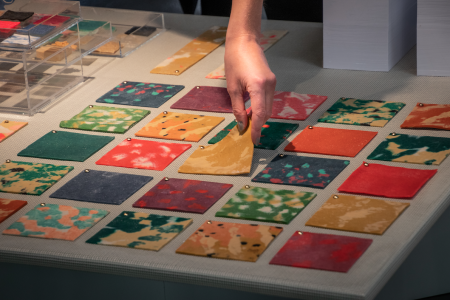
Fernando Mastrangelo Presents the Post-Industrial Avant-Garde
Fernando Mastrangelo talks to TLmag about the young artists and designers taking a post-industrial approach to materials in his studio’s current show IGC
What does it mean to design in a post-industrial society? This is the question behind In Good Company/Material Culture (IGC), an exhibition curated by designer Fernando Mastrangelo and Hannah Martin, senior design writer for Architectural Digest. Hosted in the gallery space that conjoins Fernando Mastrangelo Studio, the exhibition displays a diverse selection of works including textiles, furniture, lighting and sculpture. In its second edition, IGC aims to create a platform for young artists and designers who are embracing the spirit of the avant-garde and experimenting with materials, forms and functionality without commercial constraints.
In addition to the works on display, this years so sees the debut of the IGC/Studio Visit series, led by Mastrangelo. The documentary-like films allow the public to peek into the studios and processes of the designers featured in the exhibition.
TLmag catches up with Fernando Mastrangelo to discuss the show:
TLmag: In Good Company brings together artists and designers who approach their work with a post-industrial shift in thinking about materials. How do you define post-industrial?
Fernando Mastrangelo: Post-Industrial comes from the idea that designers are using techniques of industrial manufacturing to create bespoke and limited edition works. It is also changing the marketplace–the client has a more experiential purchase because they get to know the maker, and they get to support a community that’s helping define the aesthetic of our times. I think we’re moving into a time where people want more than the common standard. Today we seek better food, better cars, better shoes, and in this case, better furniture. The only way to get those things is to look at the small group of passionate makers behind the charge forward.
Why do you think this shift in thinking about materials is important?
I think that when designers are not restricted by having to please a more commercial audience, they have the freedom to create things that push the boundaries of design. Materials are at the core of that possibility.
Can you tell us about a piece in the show you are particularly pleased to present and why?
I’m going to be biased here and speak about Ian Cochran because he’s not only the lead fabricator at my studio, but a great sculptor and budding furniture designer! And I think he nailed the piece for the show [Plump Table]. It’s a coffee table made of resin, with a plexiglass or glass top. Ian was able to mold cast and polish the resin, which is typically used as an industrial material, and give it a character that I hadn’t seen before. The composition of the piece is created by a building method that unites the parts without joints or joinery. The piece has an almost Koons-like playfulness but without the kitsch.
Why did you decide to do the IGC/Studio Visit video series to accompany the exhibition?
I’ve always been fascinated with artist documentaries, but they’re not often available, and as technology has made it so easy to film, capture sound, and distribute content that it would be silly to not keep a record. It is something I’m very passionate about and will continue to do as much as possible.
I’ve started FMS Media as part of the studio. Today, we have the wonderful ability to chronicle our times, and rather than have the history of design be remembered through books or magazines, museums, or private collections, we can create actual records of what was happening at a given time, during a certain period and at a certain expression. So I wanted to start with the artists from IGC to kick this off.
In the inaugural 2017 edition of In Good Company, how did the visitors react to the works and the ways that materials were used?
I think it’s been a breath of fresh air for many of the visitors. I think many designers have been programmed to use customary materials for commercially viable designs, and rarely attempt to change their approach. With IGC we look for unexpected materials, unconventional techniques, and design that feels experimental. I think most visitors respond to how fresh that feels.
On show will be works by Aaron Blendowski, Ian Cochran, Crosby Studios, Dove Drury Hornbuckle, Brecht Gander, Serban Ionescu, Dozie Kanu, Ryan Lauderdale, Jessica Martin, Ariana Massouh & Juliana Polastri, Yuko Nishikawa, Only Love Is Real, Erica Sellers, Thing Thing
In Good Company/Material Culture will be on display at Fernando Mastrangelo Studio’s gallery space at 134 Hinsdale Street in Brooklyn until October 5.
